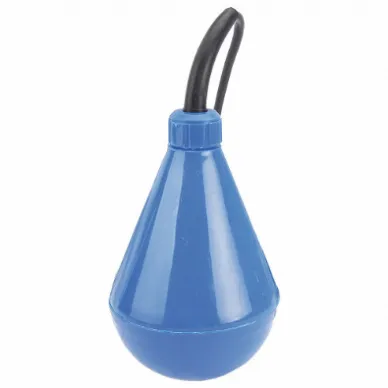Madison M4549 tilt float switch monitors and controls liquid levels. It is useful for the wastewater management, agriculture and manufacturing industries to regulate liquid levels in tanks, reservoirs and other containers. This switch not only safeguards equipment but also enhances operational efficiency. In wastewater treatment, for instance, this tilt float switch prevents overflows, reducing the risk of environmental contamination. Similarly, in agriculture, it plays a pivotal role in irrigation systems by ensuring optimal water levels for crops. Madison M4549 tilt float switch is a highly reliable level detector for open vessels, sumps and ponds as well.
Features:
- Madison M4549 tilt float switch has an integrated three-conductor cable and is powered by a micro-switch device mounted inside the float on an anti-vibration mount.
- It is made of polypropylene, which is resistant to heat, oxidation, ozone and weather ageing.
- This Madison M Series switch is electrically insulated and is resistant to polar solvents, such as water, acids, alkalies, phosphate esters and a wide range of ketones & alcohols.
Frequently Asked Questions:
Q. How to avoid rapid switching conditions during turbulence?
A. If rapid switching conditions are expected, it is recommended that a maintaining circuit be used to both protect the micro-switch and cut out any chatter from the starters of associated equipment, such as pumps.
Q. Can this tilt float switch be used for both high and low liquid levels?
A. Yes, it is a versatile unit that can be configured for both high and low-liquid-level applications. The switch can be set to open or close the circuit based on the specific requirements of the system.
Q. How do you install this Madison M Series tilt float switch?
A.
- Installation involves securing the switch in the desired location within the container.
- Then, ensure that the buoyant float has enough space to tilt freely with changing liquid levels.
- Remember, proper calibration is essential for accurate level detection.
 Change Country
Change Country



